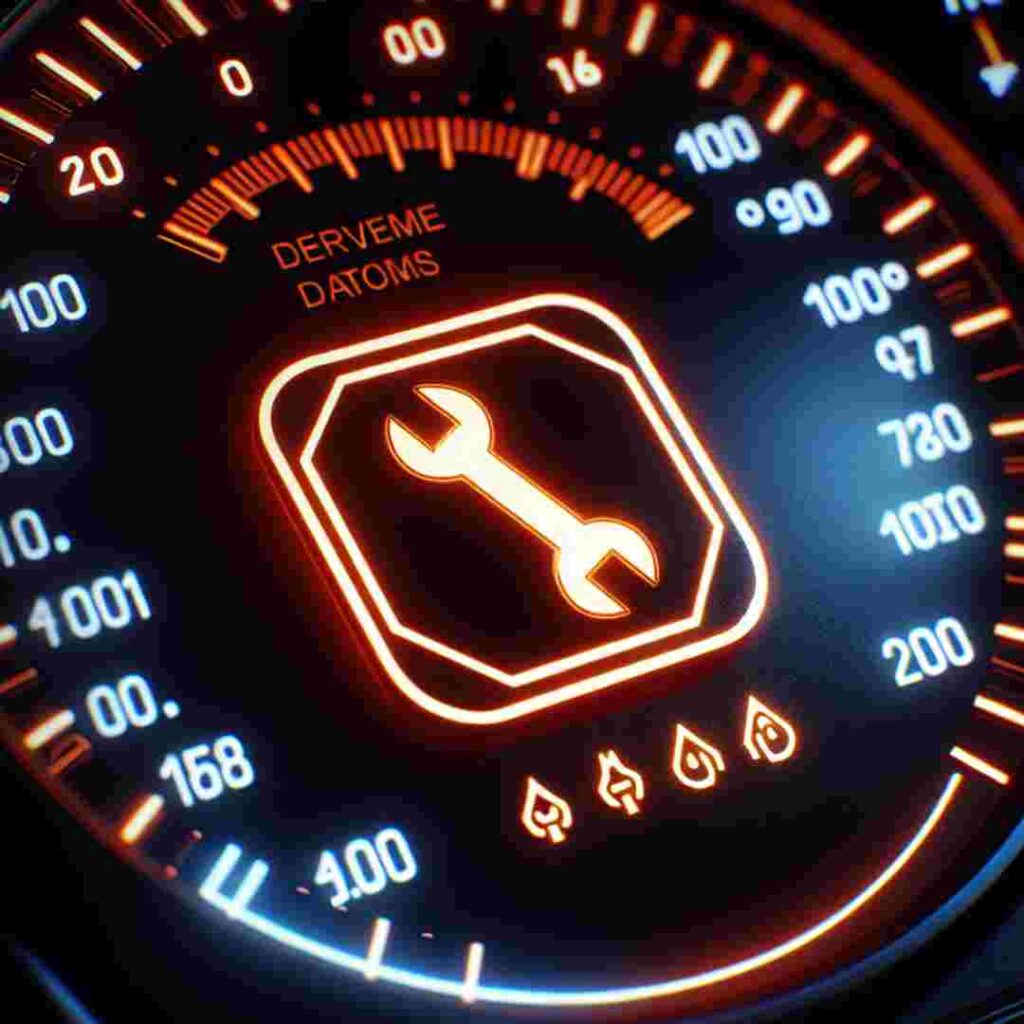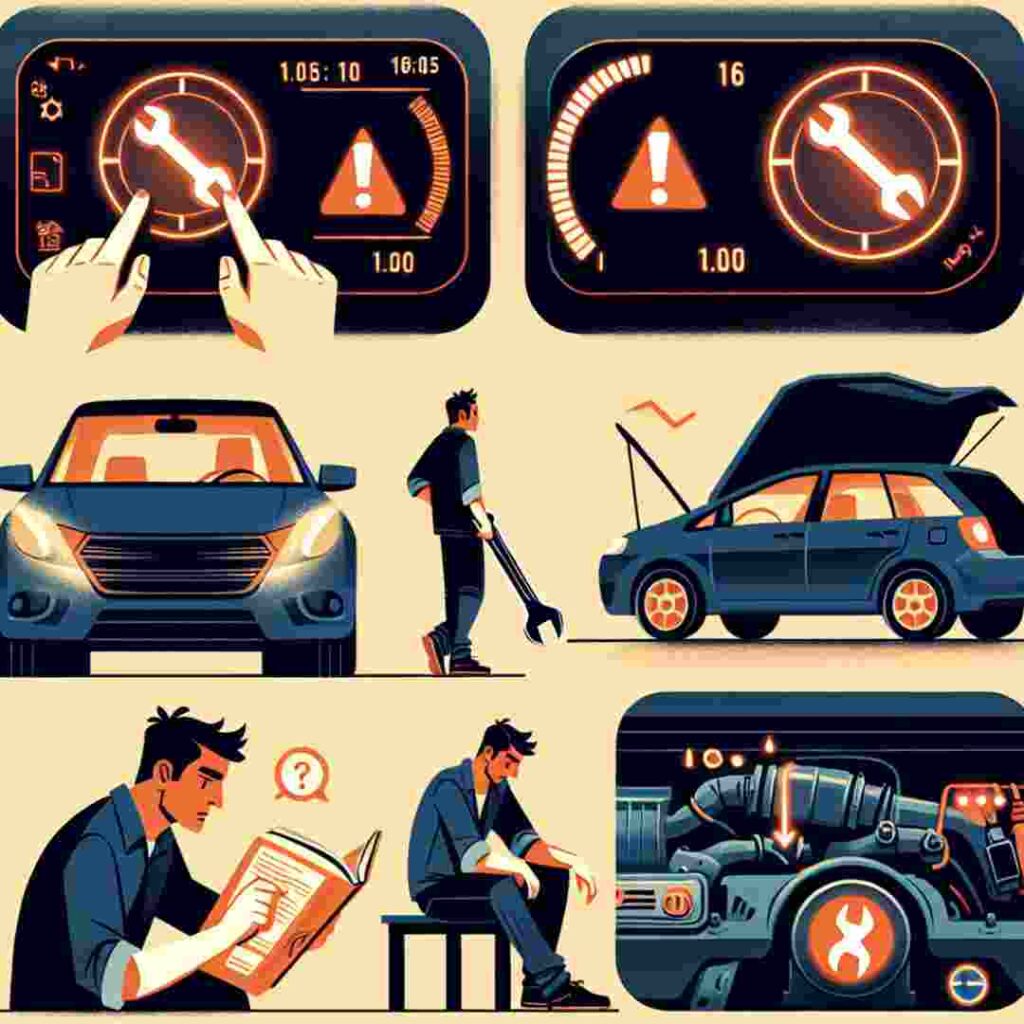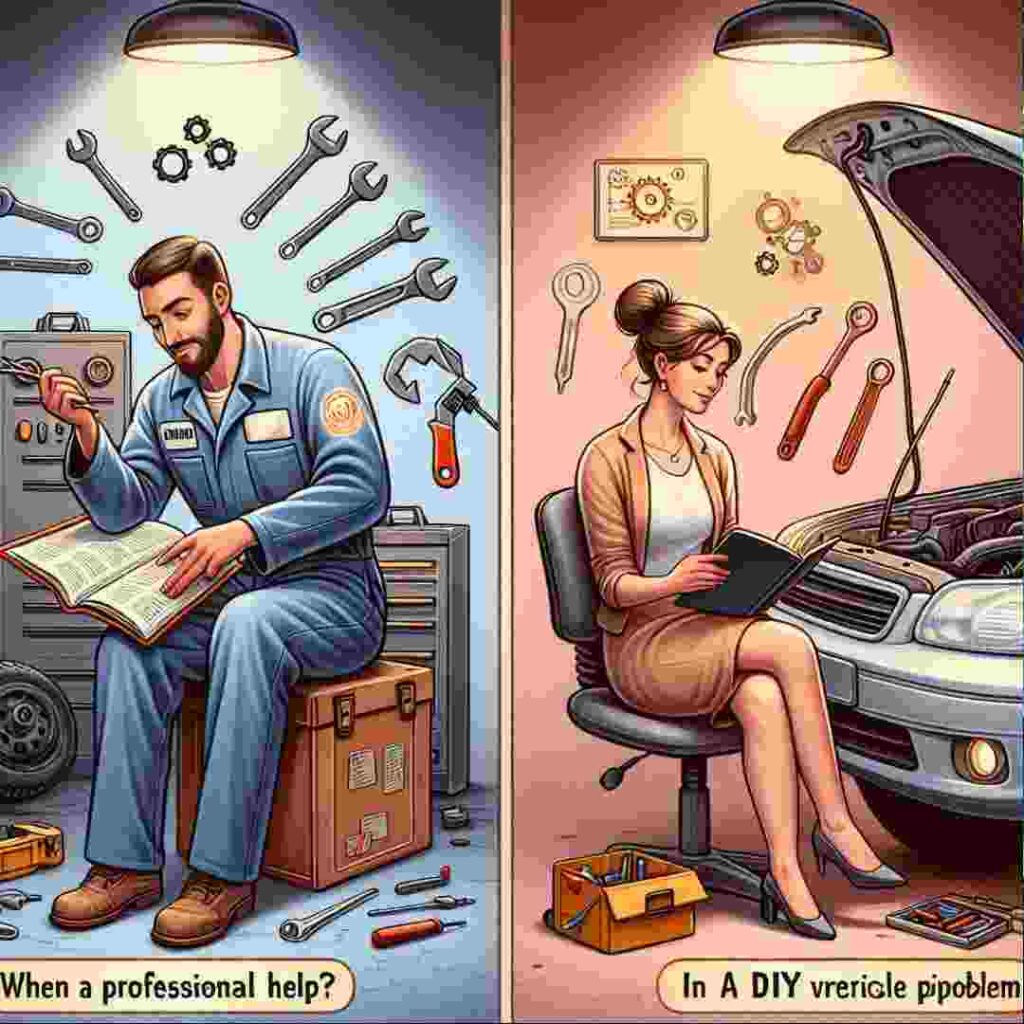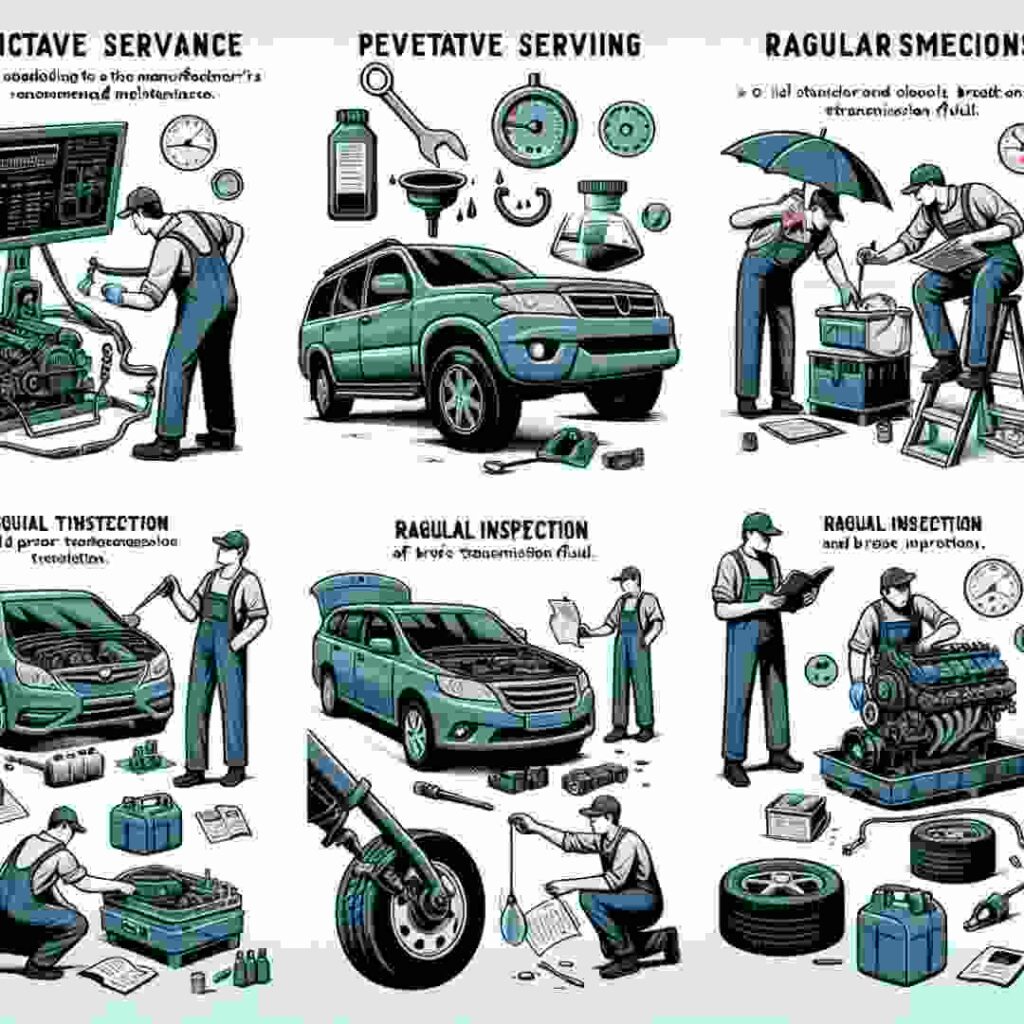A wrench light on your vehicle’s dashboard often signals a maintenance requirement or an underlying mechanical issue. Unlike the more generic check engine light, the wrench icon typically pertains to matters related to vehicle servicing that are not engine-specific. This indicator serves as a reminder for routine maintenance tasks like oil changes or more urgent problems concerning the transmission or other critical systems. Understanding the specific meaning of the wrench light in your vehicle can help you address potential issues promptly, ensuring your car remains reliable and safe to drive.
What is the Wrench Light?

The wrench light is a dashboard symbol designed to alert drivers about maintenance needs and potential system malfunctions outside the engine’s scope. Its appearance is not uniform across all vehicles, as manufacturers may program the warning based on different parameters for performance and safety checks, such as electrical system status, transmission, or scheduled servicing milestones. The primary goal of the wrench light is to ensure the vehicle operates efficiently by urging the driver to take necessary actions, like diagnostics or inspections, and addressing concerns before they develop into severe issues. Proactively responding to the wrench light can help maintain your vehicle’s longevity and reliability.
Common Causes for the Wrench Light

The wrench light can illuminate for various reasons, depending on your vehicle’s specific make and model. Some common causes include overdue maintenance services such as oil changes, air filter replacements, or brake inspections, which are essential for the optimal performance of your car. Additionally, issues with the transmission system, such as fluid levels or sensor malfunctions, can trigger the wrench light. Other potential causes include problems with the electronic control systems, like faulty wiring or sensor failures. Understanding these common triggers can aid in diagnosing the issue more efficiently and help in taking appropriate corrective measures to avoid more significant damage or breakdowns.
Importance of Timely Maintenance Alerts
Timely maintenance alerts play a crucial role in the health and performance of your vehicle. They serve as early warning systems, indicating necessary service or potential issues before they escalate into more costly and extensive repairs. By attending to these alerts promptly, you can prevent minor problems from developing into severe mechanical failures that could compromise safety and lead to hefty repair bills. Regular maintenance, spurred by these alerts, helps to ensure that components such as brakes, transmission, and electrical systems function effectively, contributing to overall vehicle safety and reliability. Furthermore, adhering to maintenance schedules can enhance fuel efficiency, extend the vehicle’s lifespan, and maintain resale value. Attention to these alerts protects your investment and ensures a smoother and safer driving experience.
How to Diagnose Issues Related to the Wrench Light

Diagnosing issues related to the wrench light begins with understanding your vehicle’s specific systems and the potential triggers for this warning. The first step is to consult your vehicle’s owner’s manual, which often contains valuable information about the meaning of dashboard lights in your particular model. Additionally, an OBD-II scanner can provide diagnostic trouble codes (DTCs) that help pinpoint the root cause of the wrench light. These codes give insights into which systems or components require attention. To rule out simple maintenance needs, you can also visually inspect essential fluids, such as checking oil and transmission fluid levels. If these preliminary checks do not resolve the wrench light, seek professional assessments from a qualified mechanic who can conduct comprehensive diagnostics to identify and address underlying issues. Consistent monitoring and timely response to the wrench light can prevent more significant problems and maintain your vehicle’s performance.
Steps to Take When the Light Illuminates

When the wrench light illuminates your dashboard, taking immediate steps to address the issue and ensure your vehicle remains operational and safe is essential. Here’s what you should do:
Stay Calm and Assess the Situation: Do not panic when the wrench light turns on. Instead, find a safe place to park your vehicle where you can assess the situation without distractions or risks.
Consult the Owner’s Manual: Your vehicle’s owner’s manual is valuable for understanding what the wrench light could indicate based on your vehicle’s make and model. It often provides specific guidance on potential issues and maintenance requirements.
Conduct Basic Checks: Before seeking professional help, perform basic checks that can be done without any special tools. Look under the hood to check oil levels, inspect transmission fluid, and verify that no visible leaks or obvious mechanical issues are present.
Use an OBD-II Scanner: If you can access an OBD-II scanner, use it to retrieve any Diagnostic Trouble Codes (DTCs) the vehicle might be recording. These codes can illuminate the underlying issue, causing the light to illuminate.
Schedule a Professional Inspection: If basic checks do not resolve the problem or if you can’t identify the issue using an OBD-II scanner, schedule an inspection with a qualified mechanic. They can conduct a thorough diagnostic assessment to determine the wrench light’s root cause.
Prioritize Repairs: Once the problem is identified, prioritize necessary repairs based on urgency and safety implications. Addressing issues promptly ensures that minor problems are not costly or dangerous failures.
By following these steps, you can efficiently respond to the wrench light, maintaining your vehicle’s reliability and performance while ensuring your safety on the road.
Professional Help vs. DIY Solutions

When faced with the wrench light, deciding between professional help and DIY solutions often depends on the complexity of the underlying issue and the vehicle owner’s level of expertise. Professional mechanics have the experience and specialized tools to diagnose and resolve even the most complicated automotive problems accurately. Their training allows them to identify concerns that might not be immediately evident to a vehicle owner, thus preventing potentially severe issues from being overlooked.
On the other hand, a knowledgeable car owner with essential tools can often accomplish simple maintenance tasks, such as checking and topping off fluids, replacing air filters, or changing the oil. These DIY solutions offer a cost-effective approach to maintenance and can be rewarding for those who enjoy hands-on work. However, it’s essential to recognize the limits of personal skills and when to consult a professional. Complex systems, like the transmission or electronic controls, should only be tampered with if one has the requisite knowledge and tools. Ultimately, a wise combination of DIY maintenance for minor issues and professional help for more significant concerns can ensure that your vehicle remains in optimal condition.
Preventative Measures to Avoid Future Issues

Proactive maintenance and awareness are crucial to preventing future issues with your vehicle, especially with the wrench light warning. One of the most effective measures is to adhere to the manufacturer’s recommended maintenance schedule, which outlines routine checks and replacements based on your vehicle’s mileage and age. Regular servicing helps keep crucial systems, such as the engine and transmission, in top shape and identifies potential problems before they escalate. Maintaining proper oil, coolant, brake, and transmission fluid levels can also prevent overheating and mechanical failures. Inspecting tires for adequate tread and proper inflation enhances safety and improves fuel efficiency. It’s also beneficial to pay attention to any unusual sounds or changes in vehicle performance, such as unexpected vibrations or difficulty in starting, as these can be early indicators of underlying issues. By taking these preventative measures, you can ensure the longevity and reliability of your vehicle, minimizing the chances of unexpected wrench light alerts and costly repairs.
Frequently Asked Questions
What does the wrench light mean on my dashboard?
The wrench light on your dashboard typically indicates a maintenance or service requirement for your vehicle. It is a warning to check the car’s systems and ensure everything functions properly. Often, it is associated with non-critical issues, such as a scheduled service or a minor mechanical concern, but it should not be ignored.
Is it safe to drive with the wrench light on?
While the wrench light indicates a maintenance or service need, it does not necessarily mean your vehicle is unsafe to drive immediately. Addressing the issue immediately is essential to prevent potential damage or significant malfunctions. Continually evaluate the situation, and if in doubt, consult with a professional mechanic to identify and resolve the underlying issue promptly.
Can I reset the wrench light myself, and how?
You can reset the wrench light if the issue has been resolved, typically by using an OBD-II scanner to clear the Diagnostic Trouble Codes (DTCs) from your vehicle’s system. Before resetting the light, ensure that the necessary maintenance or repairs have been completed to avoid neglecting existing problems.
What if the wrench light turns on again after a recent repair?
If the wrench light reappears after a recent repair, it may indicate that the initial issue was not entirely resolved or a new problem has surfaced. Return to the mechanic who performed the repairs for a follow-up assessment or diagnosis to address any unresolved or new concerns.
Why is my wrench light on if my car seems to be running fine?
The wrench light can illuminate even if your car appears to be running smoothly, often hinting at less obvious issues that might not immediately affect performance, such as sensor malfunctions or minor system warnings. Use this as an opportunity to have a thorough check performed to prevent any underlying problems from developing into significant failures.
Conclusion: Keeping Your Vehicle in Top Shape
Maintaining your vehicle’s performance and safety requires a combination of proactive measures and timely responses to warning indicators like the wrench light. By following the manufacturer’s maintenance schedule, performing regular checks, and staying alert to changes in your vehicle’s behavior, you can significantly reduce the risk of unexpected breakdowns and costly repairs. Balancing DIY maintenance with professional assistance ensures that all aspects of your car, particularly complex systems, receive appropriate attention. Cultivating a habit of addressing issues as they arise keeps your vehicle reliable, extends its lifespan, and provides peace of mind on every journey. Taking these steps will go a long way in assuring that your car remains in peak condition for years to come.











